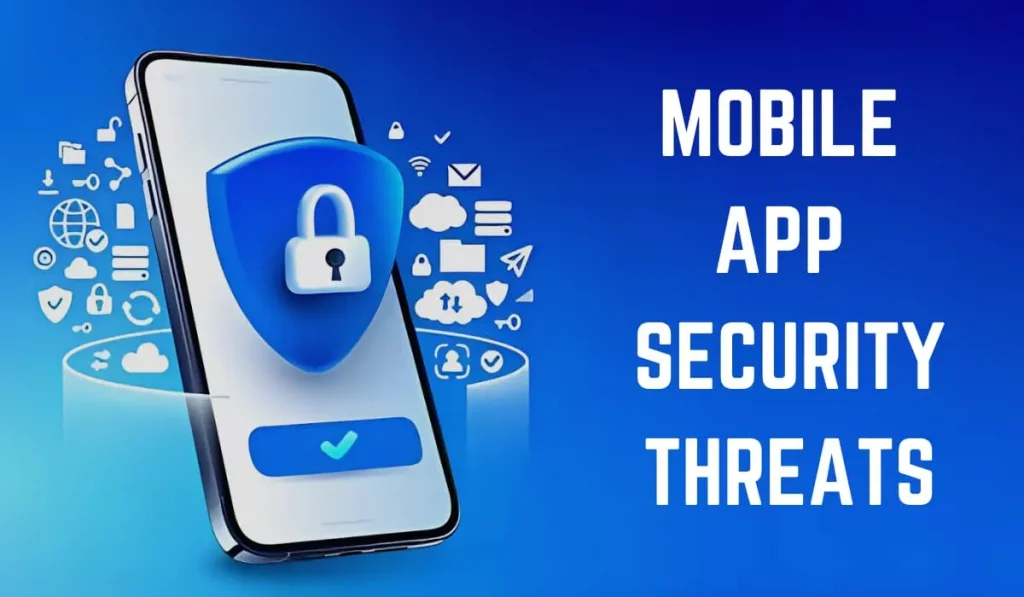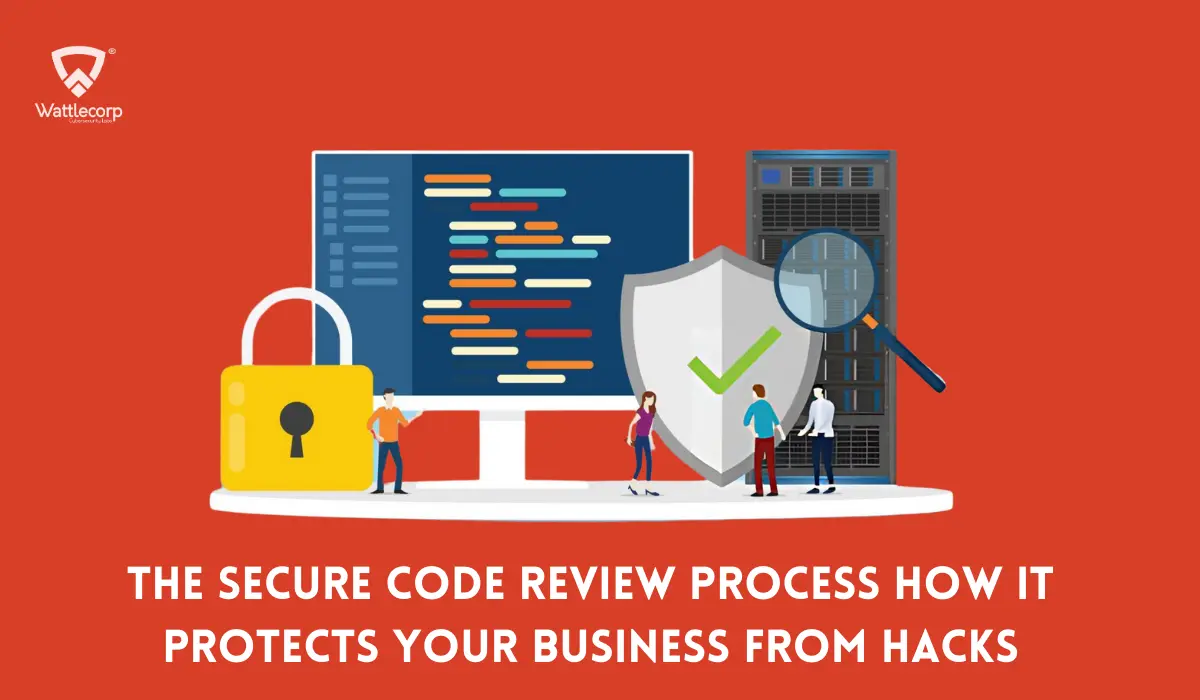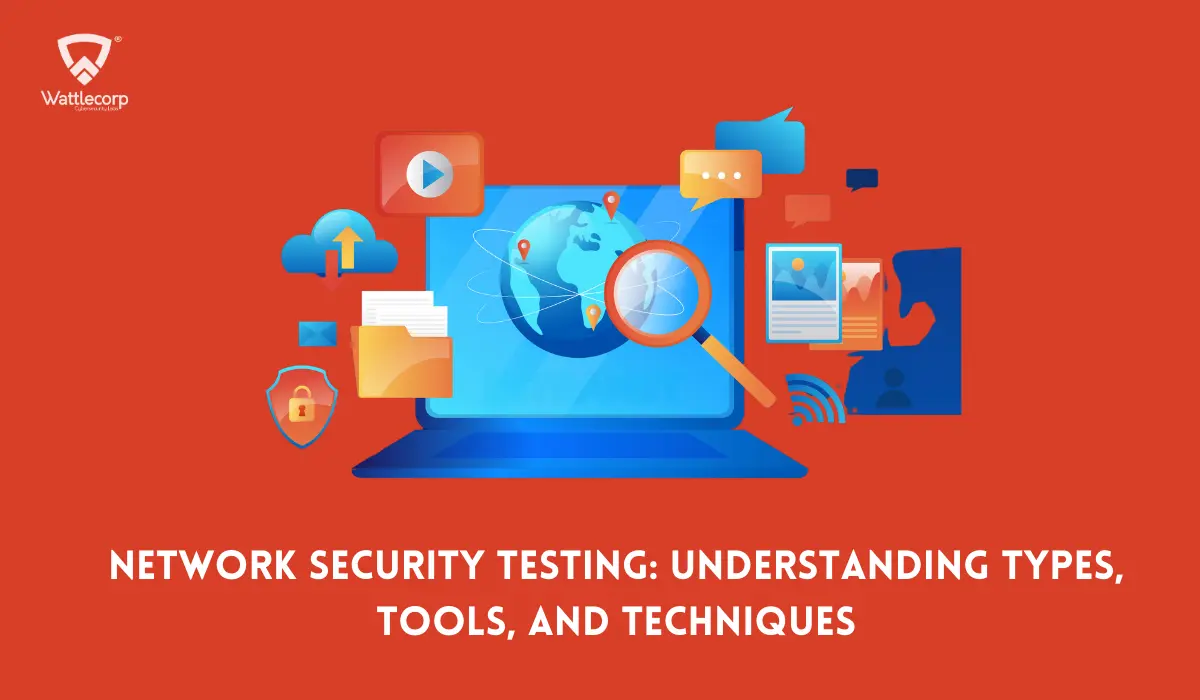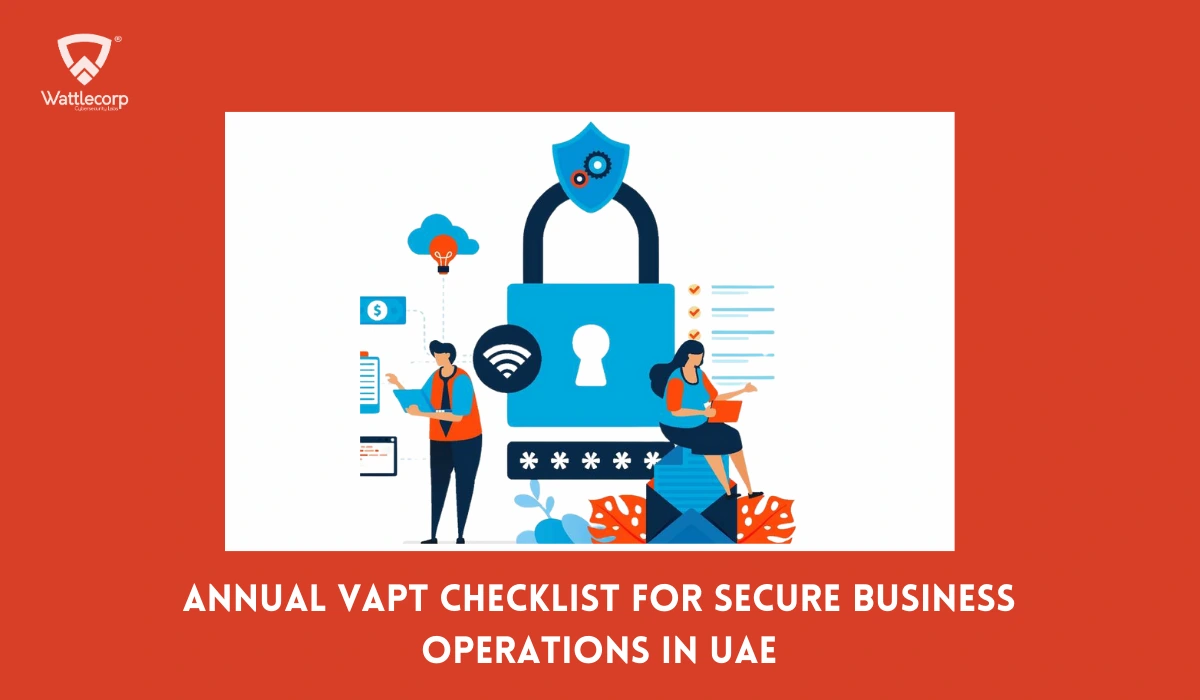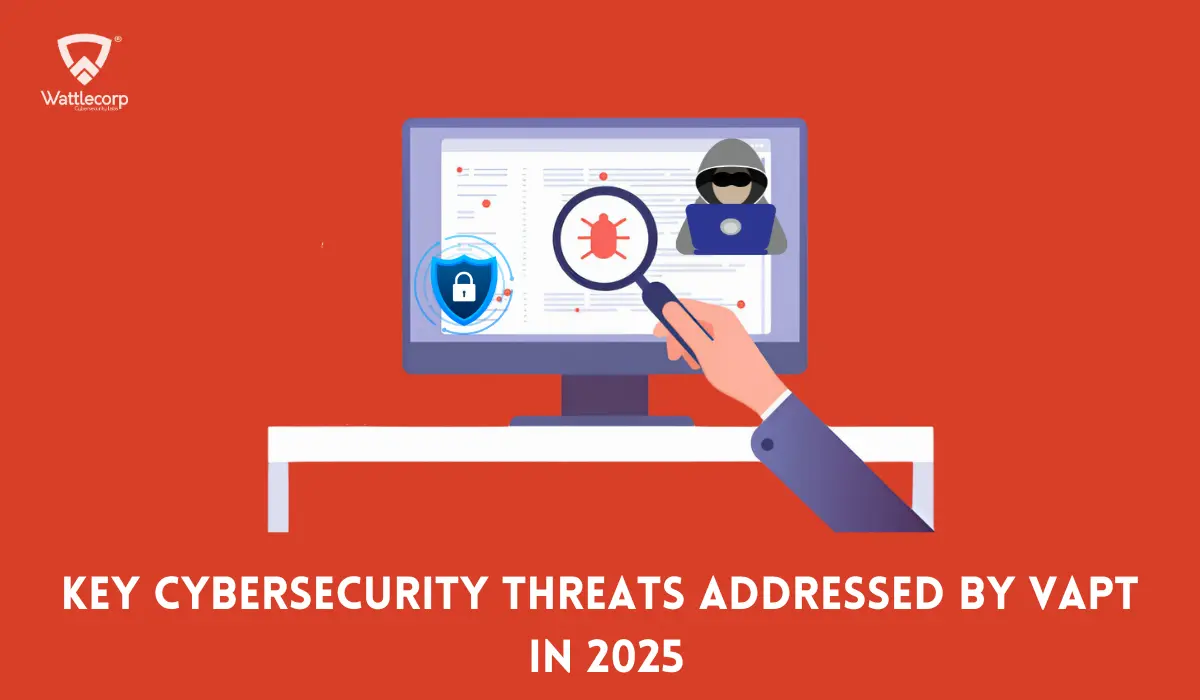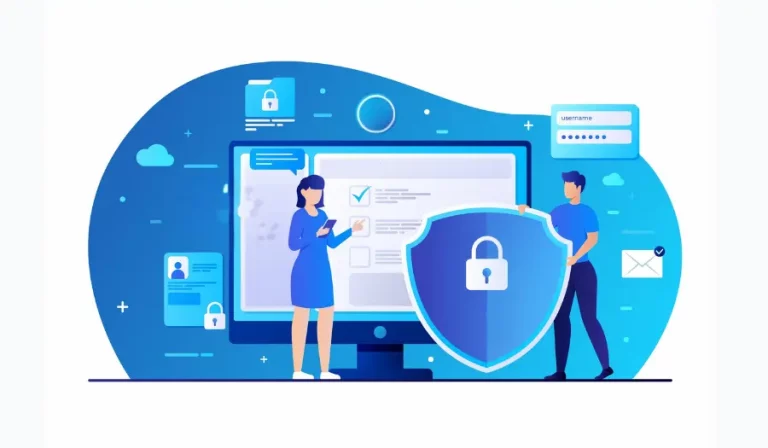SECURE YOUR BUSINESS WITH EXPERT VAPT STRATEGIES
How Secure Is Your Infrastructure? Book a Free Consultation with Wattlecorp’s Experts to identify vulnerabilities, develop a robust VAPT strategy, and safeguard your business with tailored protection solutions.

Mobile app security threats have been on the rise greater than ever before. Mobile devices have partnered with us in our day-to-day activities and work since its advent. As with every technology, with its greatest convenience being offered comes multitudes of vulnerabilities that businesses and users alike must take necessary measures to stay secure from.
Security and personal data might be compromised by mobile app abuse. Advancements in technology and changing attack strategies increase these risks. Secure mobile app design is important to stop data breaches and financial losses.
Table of Contents
Toggle- Common mobile app security threats
- 1. Threats from malicious files and links
- 2. Data breach
- 3. Improper authentication
- 4.Weak Encryption
- 5.Malicious Mobile Code
- 6. Vulnerable network
- 7. Rooting/jailbreaking devices:
- 8. Insecure data transmission
- 9. Overprivileged Apps
- 10. Data leakage
- Role of user education and awareness for mobile app security
- Proactive steps toward protecting your mobile app
Common mobile app security threats
We have listed the top 10 mobile app security threats in 2024, they are
- Threats from malicious files and links
- Data breach
- Improper authentication
- Weak encryption
- Malicious Mobile Code
- Vulnerable network
- Rooting/jailbreaking devices
- Insecure data transmission
- Overprivileged apps
- Data leakage
1. Threats from malicious files and links
Mobile app threats may take many different forms, including ransomware, trojan horses, worms, and viruses. Each of these threats employs a unique attack vector to inflict damage. These can propagate via several channels, including USB devices, social media, infected websites, downloaded files, and email attachments.
2. Data breach
A “data breach” occurs when unauthorized users obtain access to private information kept in your devices, database, computer system, or network.

It refers to a tragic incident that happened in the field of cybersecurity. Sensitive data can be inappropriately altered, stolen, or revealed during a breach. This includes private, financial, and proprietary information. There are several ways that a data breach might happen, including physical theft, insider attacks, and external attacks.
3. Improper authentication
Weak authentication is a major problem with digital systems, especially mobile apps. Before their requests may be handled, users who need access to private data or services must first authenticate. On the other hand, if authentication procedures are badly designed or implemented, the result would be nothing less than catastrophic incidents.
Under such circumstances, unauthorized entities take advantage of weak authentication procedures to obtain access without authorization, posing serious risks to both end users and enterprises alike. Vulnerabilities such as poor password habits, lack of Multi-Factor authentication (MFA), or insufficient session management are major reasons for such mobile app risks.
4.Weak Encryption
Sensitive data is encrypted to prevent hackers from accessing it, which makes encryption essential to security. Unplanned deployment, inadequate execution, or improper encryption policy selection can all lead to data breaches.
When a smartphone app or other digital system lacks sufficient cryptographic protections, it’s called “shoddy encryption”.
An attacker can compromise the security of a mobile application in several ways by taking advantage of weaker encryption, including cryptanalysis, dictionary attacks, brute-forcing, eavesdropping, replay attacks, Man-in-the-Middle, key management, side-channel assaults, padding oracle, and key length reduction.
5.Malicious Mobile Code
Software that modifies the application without the user’s knowledge or permission to cause disruptions to the functioning of the application or the device itself. This includes viruses, trojan horses, worms, script-based attacks, backdoors, etc.
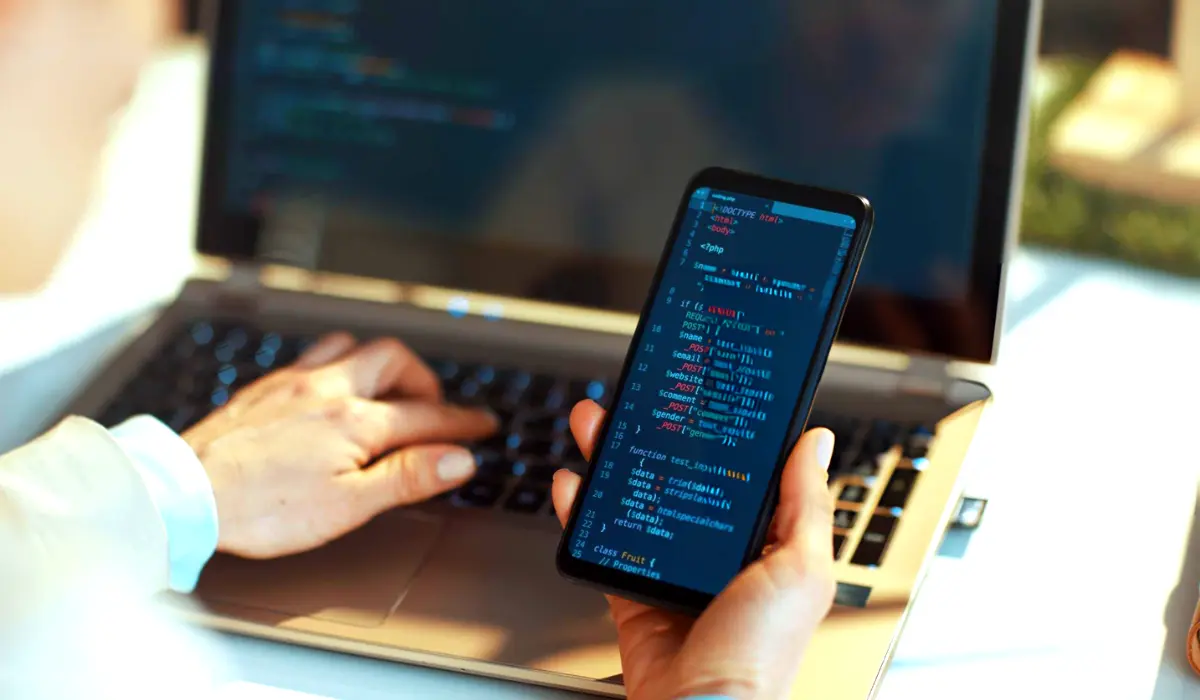
In recent times they have evolved into much more sophisticated ones based on mobile-related technologies such as HTML, VBScript, JavaScript, Java applets, ActiveX, etc.
Even though mobile malware is not as common as other spyware that targets traditional workstations, it has become a rising danger to consumer devices. As assaults become more frequent and powerful, mobile malware poses a challenge to the mobile security sector.
6. Vulnerable network
In the client-server architecture of mobile app security, data is exchanged across carrier networks and the Internet. Attackers can use vulnerabilities in this data transaction to launch attacks with malware and even intercept the private data that has been saved across local networks or WiFi. End users are vulnerable to phishing, man-in-the-middle attacks, site disclosure, and account theft as a result of these vulnerabilities.
7. Rooting/jailbreaking devices:
“Jailbreaking” is the term used to describe the process by which users of mobile devices obtain total access to the operating system (OS) and command over all application features. Rooting refers to the process of removing restrictions on a mobile device that is executing the program. Jailbreaking is usually for the iOS mobile devices as rooting is for the Android ones.
This enables the route for the bad actors to your devices to perform various malicious activities such as data theft, malware distribution, privilege escalation, botnets, key logging, insecure apps, security evasion, etc.
8. Insecure data transmission
Unencrypted or inadequately encrypted data in transit is dangerous. An attacker can easily intercept data as it passes via wifi (especially unprotected public wifi) or a mobile device’s carrier network. While data in transit is usually encrypted, it is also often misconfigured, or the keys are handled badly. Ensuring proper encryption standards helps to prevent the same.
9. Overprivileged Apps
Applications granted with unnecessarily higher permissions in your mobile applications than what it requires are also a threat affecting your mobile applications. Such unnecessary privileges make it easier for bad actors to perform malicious activities and breach sensitive data at ease. It’s better to just give relevant permissions to the app’s most required operations. Simply, if permission appears to be not required for the functioning of that particular mobile application, it’s best not to give it.
10. Data leakage
Even while mobile apps are meant to keep your data safe, improper security measures might result in data leaks.

Intruders can gain unauthorized access to any sensitive data stored in your app’s database with a successful data breach. Data leakage is the result of improper security measures within mobile applications, in which sensitive information is transferred without authorization.
Also Read: Top 10 Mobile App Security Best Practices In 2024
Role of user education and awareness for mobile app security
The cost of cyber risk for an organization due to the unawareness of humans is unimaginably higher. With the expectation of employers for their employees to be able to work from anywhere, businesses across the globe have introduced various strategies such as the BYOD (bring your device) programs.
In layman’s terms, if users remain unaware of cyber threats and how they work, they are unable to identify them and avoid poor security practices. Uneducated and inexperienced staff will not be able to respond effectively to malware or notice unusual behavior in the account or application. Human mistakes and vulnerable behaviors, such as using weak passwords and connecting to insecure Wi-Fi networks, are scenarios that every hacker in the world is attempting to take advantage of.
As per the survey by Lookout, 92% of the workers use their own devices such as laptops and smartphones for their work tasks. Due to this fundamental shift, mobile devices now pose a danger to any business if they are not seen as an integral part of the broader security and risk management plan.
Proactive steps toward protecting your mobile app
Credential stuffing, phishing, social engineering, and malicious code injection are examples of threats. Bluetooth devices are also susceptible to attacks like bluejacking, and the Man in the Middle attacks intercept and modify network traffic.
Since you already learned about top mobile app security threats in 2024, this risk is not limited to malware, unsafe connections, phishing scams, or compromised devices. Employees unintentionally increase the risk surface of your business when they download unauthorized apps for usage on their personal and professional devices.
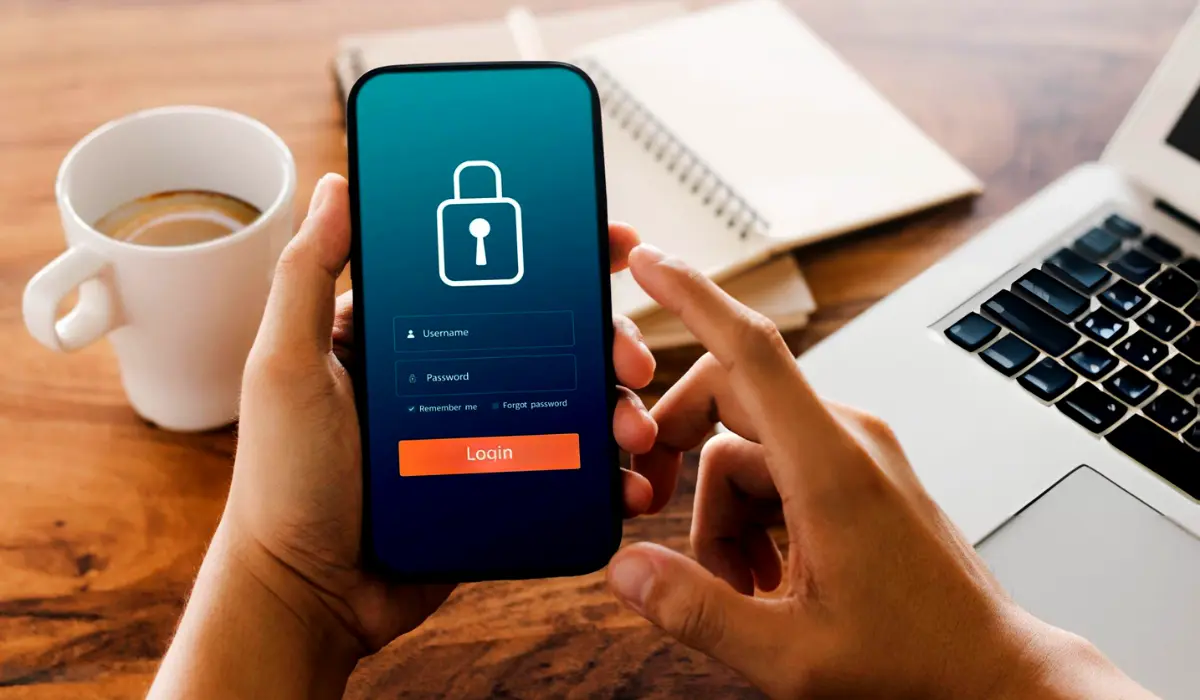
With such an enormous amount of features and technology associated with it, the potential security threats are also evolving day by day. This has made the need for understanding and mitigating the mobile app threats at the right time towards a more safe and sound service from them.
Being aware of security concerns helps in quick detection as well as handling major mobile app security threats. This proactive method protects your data and apps, lowering the chance of breaches. By investing enough time and money in effectively securing your mobile app, you can greatly minimize the resistance to hacking efforts. This not only protects your app from hackers and other malicious actors but also helps to build and maintain trust with your users, who can use your app with confidence that their data is safe.
Also, it is worth understanding how concrete and secure an application is, insecure practices from the user side also result in catastrophic vulnerabilities. Rooting/jailbreaking the operating system, installing malicious apps from unauthorized websites bypassing security warnings, and visiting malicious sites are a few of them.
Using multiple authentication factors (MFA) to access mobile applications helps in preventing unauthorized access. Users are required to verify their identity to log in using extra authentication steps in these methods.
The NIST Password Guidelines are a global standard for optimal password security. Following and enforcing them protects you from the dangers posed by weak or stolen passwords. Password managers can be of great help in meeting these criteria.
